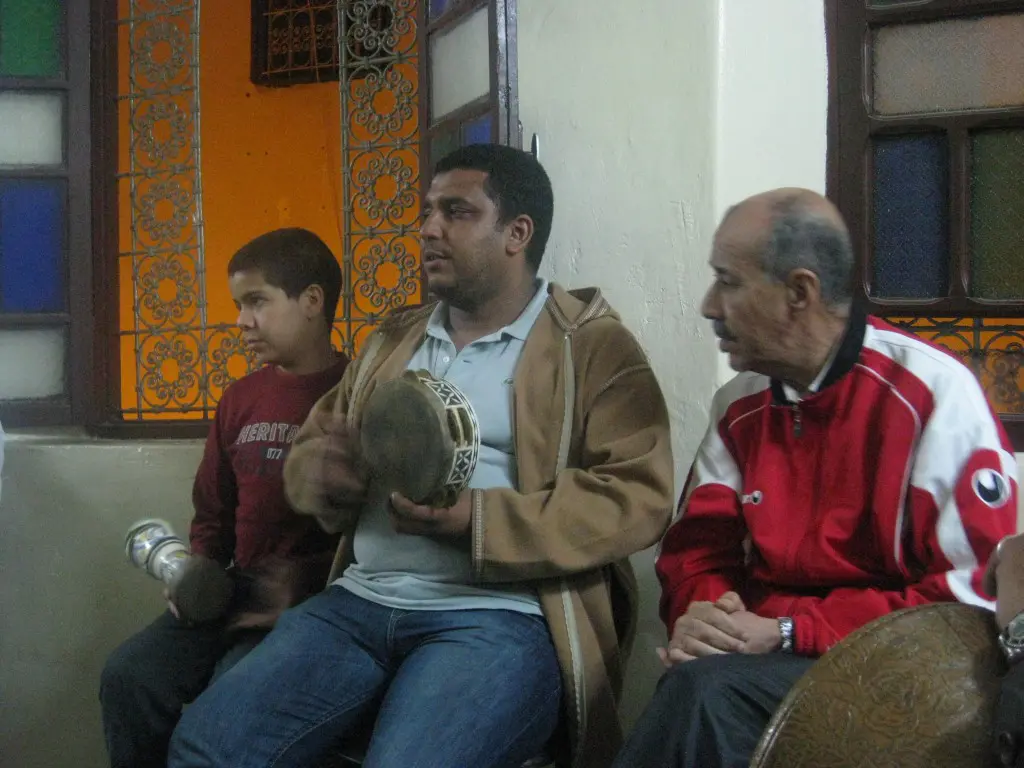
Many Moroccans, especially those outside the conservatory tradition, view malḥūn not as music, but as the recitation of poetry. The very name malḥūn adds to this ambiguity. Derived from the Arabic root laḥana, the term has various meanings, including speaking ungrammatically, chanting, and setting words to music. Moroccan scholars themselves are divided on which interpretation is most fitting. The late Mohamed el-Fassi, a prominent scholar and former minister of culture, argued that malḥūn was always intended to be sung while others have suggested that some malḥūn poetry is meant to be recited, not sung. A similar debate exists in Yemen, where a comparable form of dialectical song poetry, known as homayni (or sometimes malḥūn), closely mirrors the Moroccan style. This debate is unlikely to reach a definitive conclusion, as both perspectives hold merit. Malḥūn often breaks standard Arabic grammar and uses nonstandard vocabulary for metrical or poetic effect. Ultimately, it is best experienced through listening—whether recited or, more fittingly, sung.

To this day, malḥūn continues to resonate with both the working class and the elites in Morocco. King Hassan II was a prominent patron of Moroccan music, including malḥūn. During his reign, a rising cultural nationalism fostered a renewed interest in traditional Moroccan art forms, such as malḥūn, as well as proverbs and other forms of oral literature in both Arabic and Berber. This cultural revival was part of a broader effort to assert a distinct Moroccan identity, particularly in response to the intellectual dominance of France, and to the cultural influence of Egypt and Lebanon in the Arab world. Malḥūn can be found in a diverse range of contexts, from street performances and religious lodges to the royal palace, often accompanied by various ensembles. According to some sources, malḥūn singers originally accompanied themselves with the deff, a square, double-headed frame drum measuring about 20 to 25 centimeters on each side. Since the primary focus of malḥūn is the poetry itself, no additional instrumentation was required.
This according to The Garland encyclopedia of world music. The Middle East (2013). Find it in RILM Music Encyclopedias.
Watch a performance of malḥūn in Morocco below.



